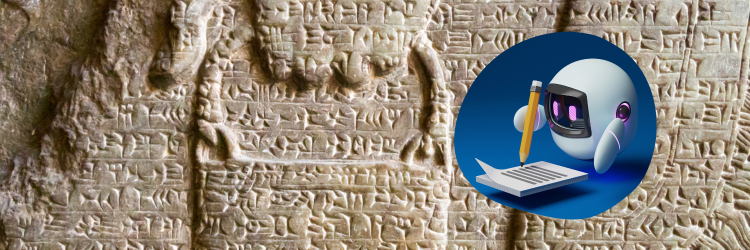AI Advancement: Automated Decoding System Unveiled for Ancient Cuneiform Tablet Texts
A new artificial intelligence (AI) software can now decipher difficult-to-read texts on cuneiform tablets. It was developed by a team from Martin Luther University Halle-Wittenberg (MLU), Johannes Gutenberg University Mainz, and Mainz University of Applied Sciences.
Instead of photos, the AI system uses 3D models of the tablets, delivering significantly more reliable results than previous methods. This makes it possible to search through the contents of multiple tablets to compare them.
They cover an extensive range of topics: “Everything can be found on them, from shopping lists to court rulings. The tablets provide a glimpse into humankind’s past several millennia ago. However, they are heavily weathered and thus difficult to decipher even for trained eyes,” says Hubert Mara, an assistant professor at MLU.
His lab came up with the idea of developing a system of artificial intelligence based on 3D models. The new system deciphers characters better than previous methods.
In principle, the AI system works along the same lines as OCR software (optical character recognition), which converts the images of writing and text into machine-readable text. This has many advantages. Once converted into computer text, the writing can be read or searched more easily.
The team trained the new AI software using three-dimensional scans and additional data. “We were surprised to find that our system even works well with photographs, which are a poorer source material,” says Stötzner.
The work by the researchers from Halle and Mainz provides new access to what has hitherto been a relatively exclusive material and opens up many new lines of inquiry.

